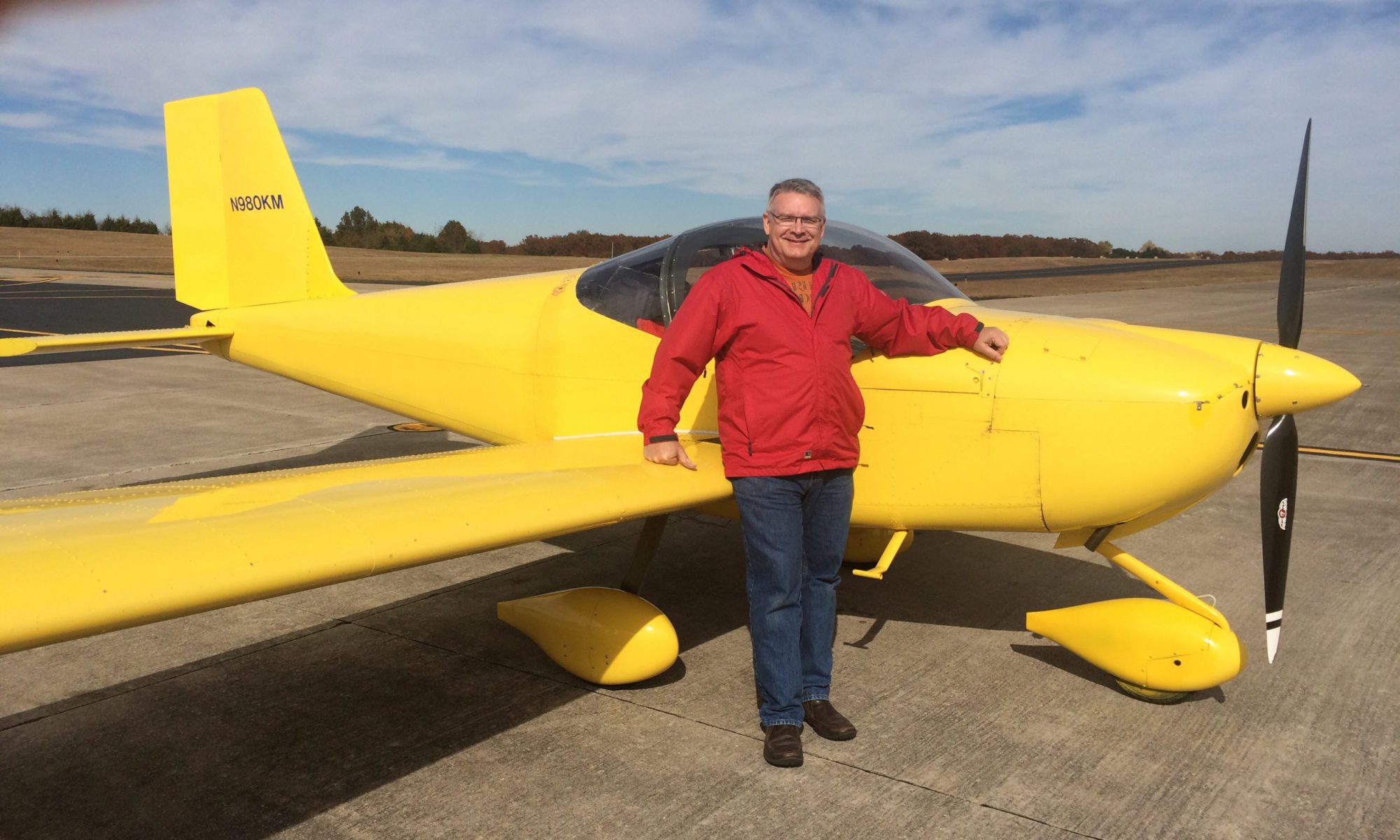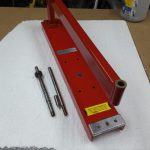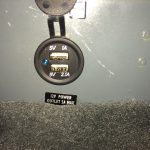Time flies when you’re ignoring a blog, right? I’ll catch up.
- The Mercedes is gone. After everything I’d fixed on it, when the transmission decided it didn’t want to work reliably any more — screw it, I was done. It was an awesome car to drive, but not so much fun to own. I replaced it with a much newer 2018 BMW 540i Xdrive, which has been wonderful.
- Still flying occasionally, but nowhere near as much as I should or want to.
- Nothing’s happened with the Mustang, other than getting the engine put back together.
- We’ve picked up a couple more rental houses; that enterprise is going pretty well overall.
- We switched from Visible to T-Mobile. Visible had great service when we signed up; it slowly degraded to barely usable. TMO has been better, but not great.
- I just dumped CenturyLink. Our CenturyLink fiber service has been down since Wednesday morning (it’s Friday now). It took me three hours to get through to a human there, on the phone, who told me they could have someone out Saturday morning. Absolutely appalling service. We were up and running on Cox within an hour of leaving the house to go pick up their equipment.
- Now I remember why I didn’t like Cox’s equipment… zero flexibility, no control over your own local network at all. You can’t even set your own DNS, so my Pi-Hole is not functional. I’ve got new equipment coming this afternoon. New cable modem, router, and mesh wifi.
- I left my long time employer (a bank) a little over a year ago and now work for another bank.










